Although “The Grey” was made ten years ago, it still constitutes a cinematography art-form pushed to the limit. Shot on Panavision XLs paired with Z series lenses, and with a minimal dose of CGI (except the wolves), this movie is a MUST for filmmakers and cinematographers. They don’t make them like this anymore…
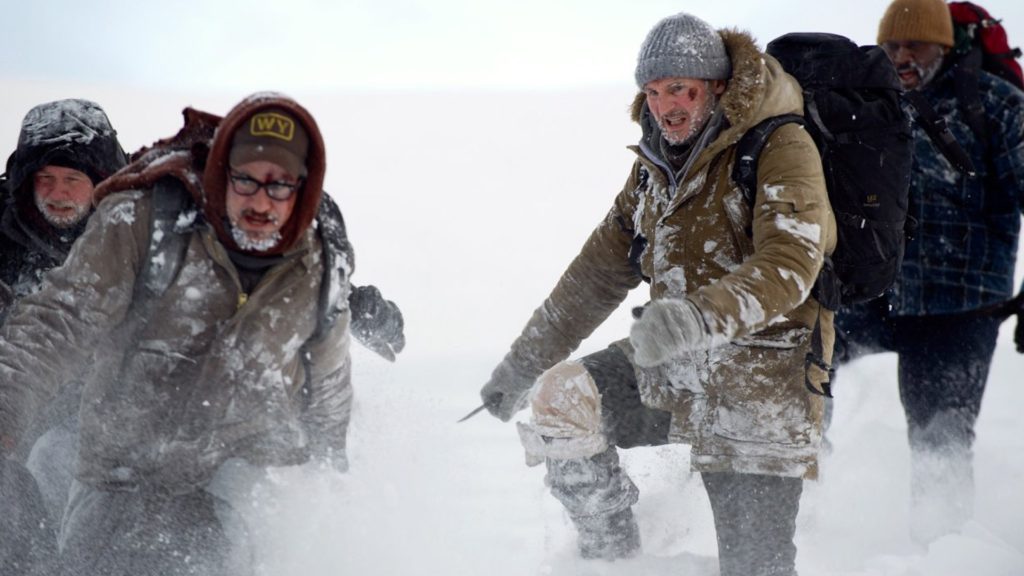
The real deal
The Grey is a 2011 survival film co-written, produced, and directed by Joe Carnahan and starring Liam Neeson, Frank Grillo, and Dermot Mulroney. It is based on the short story “Ghost Walker” by Ian MacKenzie Jeffers, who also co-wrote the screenplay with Carnahan. The story follows a number of oil-men stranded in Alaska after a plane crash, who must wage a war against a pack of timber wolves stalking them amidst mercilessly cold weather. Most of the film was shot in extreme weather, and NOT inside a cozy hangar with blue screens all around. “Carnahan didn’t want to film us acting, we wanted to film us behaving, so he threw us in extreme conditions and got just that!” said one of the actors. Furthermore, Carnahan stated that: “I wrote the script, I could have set it in Tahiti with wild boars, but that didn’t occur to me, so here we are on this godforsaken mountain freezing our asses off”. Was it worth it? Well, as a viewer I can say that I was shivering from that cold when watching it. Just imagine that effort made by the crew to execute this film.
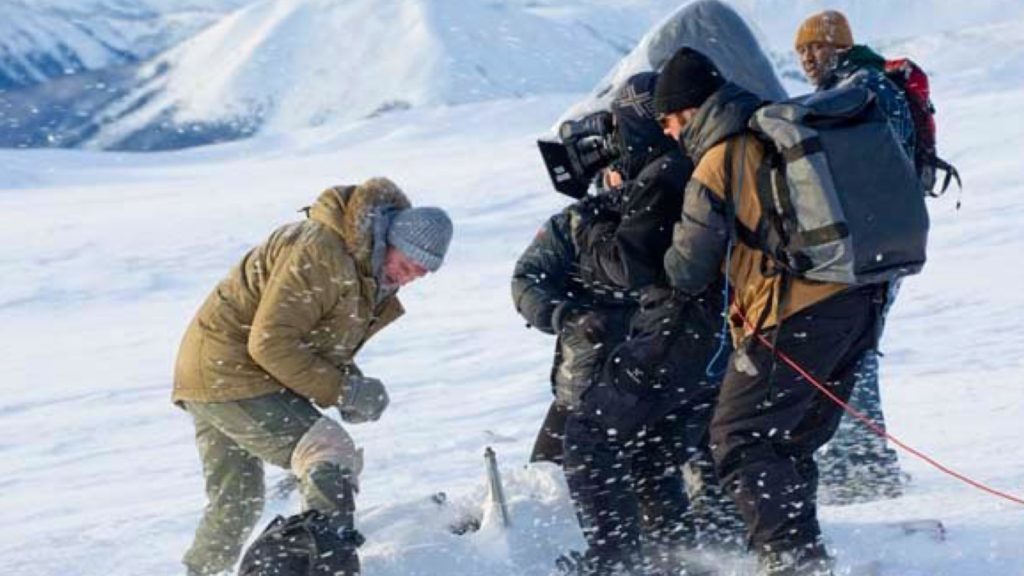
Carnahan (the director) didn’t want to film us acting, we wanted to film us behaving, so he threw us in extreme conditions and got just that!”
A Cinematography masterpiece
Released in the United States on January 27, 2012, the film received praise for its philosophical themes, cinematography, sound effects, and acting, while some of the dialogue and the film’s ending were criticized; it grossed $81 million worldwide. According to Liam Neeson’s account, the temperatures were as low as -40 degrees Celsius in Smithers, British Columbia, where the film was shot. The snowstorms/scenes were actual prevailing weather conditions, and not a cinematic illusion produced with CGI. The cast wore thermals under their costumes for additional protection.
Watch the trailer below:
Shot by Masanobu Takayanagi on the Panavision XL and Z series lenses
The Grey was shot by DP Masanobu (Masa) Takayanagi (46) who is a Japanese cinematographer whose works include Silver Linings Playbook, Warrior, and more. Masanobu shed light regarding the production in an Interview with Panavision: “We tried to cope with it. There was such a strong Mother Nature element with the wind, the temperature, and the snow. Director Joe Carnahan and I were saying, Well, what we get is what we get. If it snows, it snows; if it rains, it rains.” One day while we were shooting in Vancouver, it was raining too much, and we were forced out of the forest because of it”. Masanobu utilized mainly the Panavision XL cameras with some ARRIFLEX 235 shots. For the flares, he used the Z series introduced in the1980s.
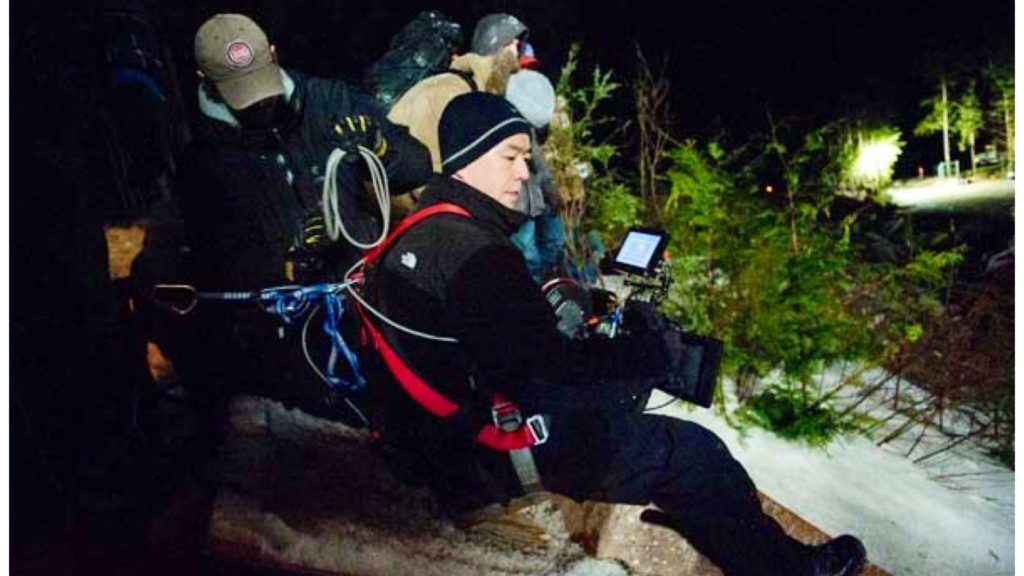
We tried to cope with it. There was such a strong Mother Nature element with the wind, the temperature, and the snow. Director Joe Carnahan and I were saying, Well, what we get is what we get. If it snows, it snows; if it rains, it rains.
DP Masanobu Takayanagi
Lighting the snow
Masanobu said that the main challenge was to light the night exteriors in the snow. “Because the snow bounces light so much. If I light too much it looks like a day scene, so the challenge was all about the snow. I had to judge the amount of light that could hit the snow; if you put too much it feels like a day”.
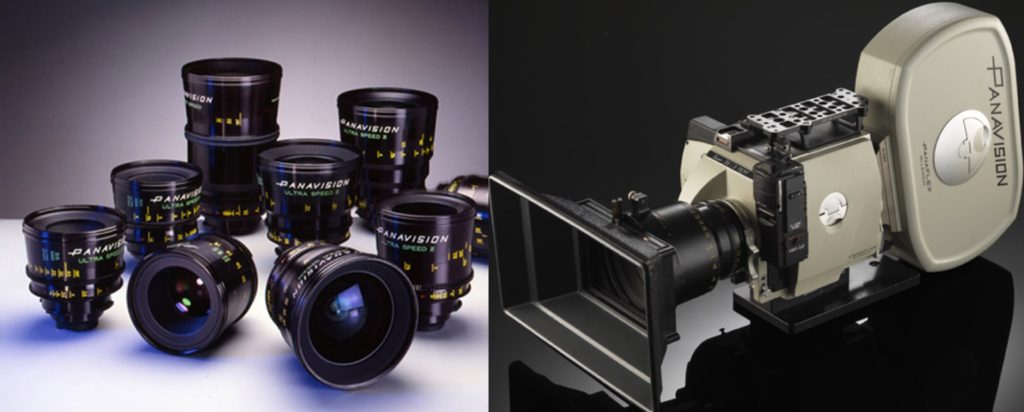
Final thoughts
Well, as stated in the abstract: “They don’t make them like this anymore”. The Grey is one of the most challenging films I’ve ever watched. It reminds me of “The Revenant” shot by Emmanuel Lubezki, which was also filmed in similar conditions with extreme dedication to filmmaking and the creation process. In case you haven’t watched “The Grey”, go and watch it now! It’s not a new film, but the cinematography is outstanding and the imagery is so good that it excels the most high-end modern cameras in the market. Have you watched it? Let us know your opinion in the comments section below.

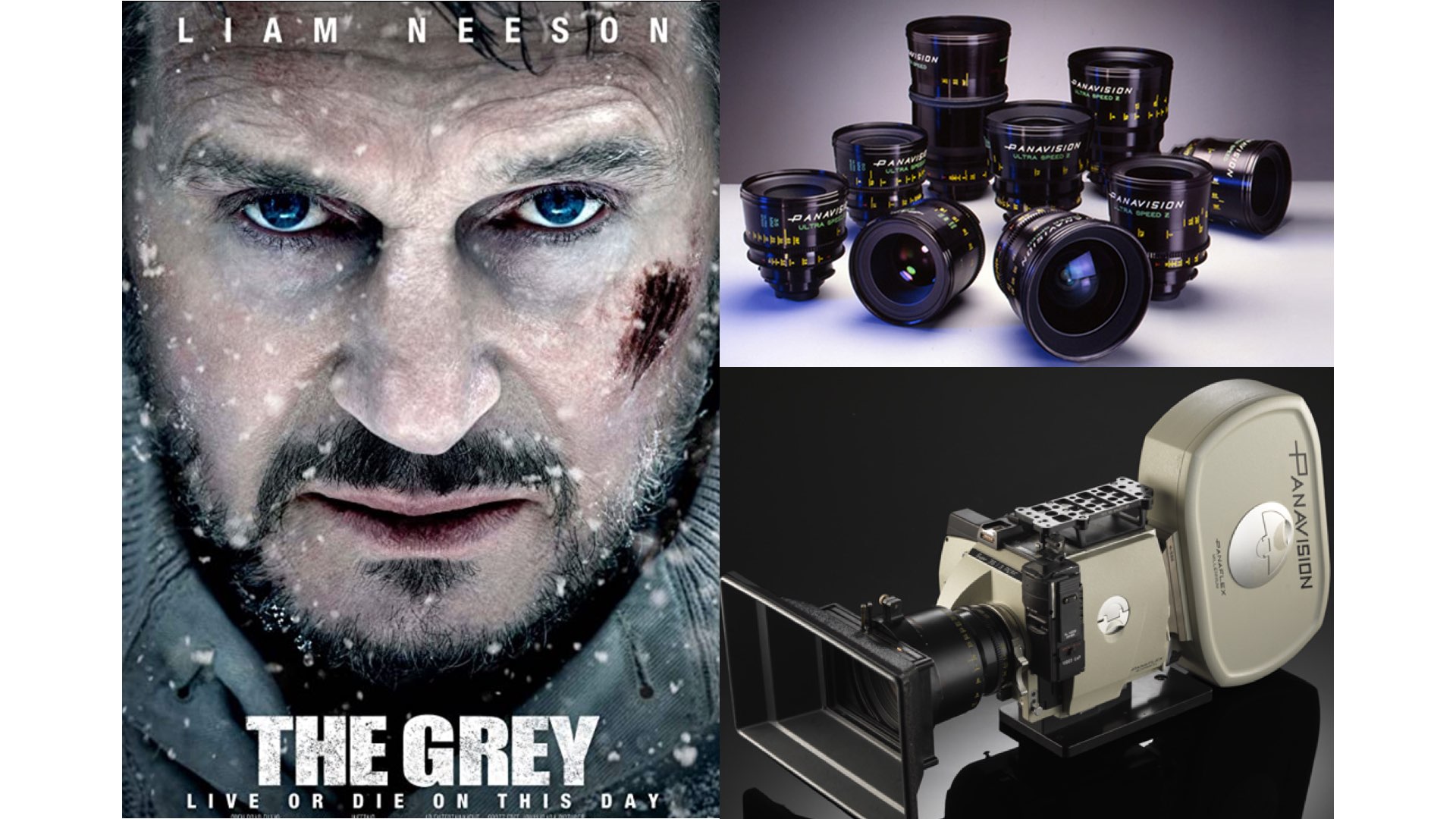
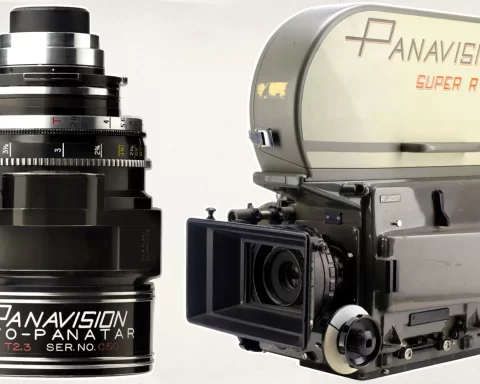
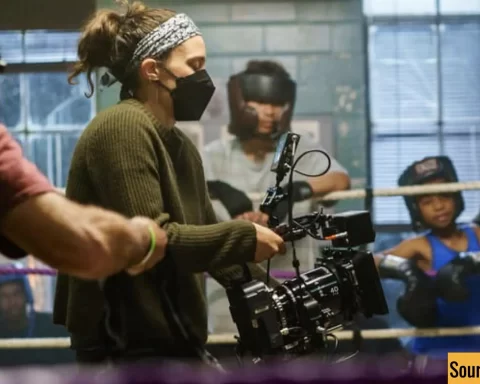
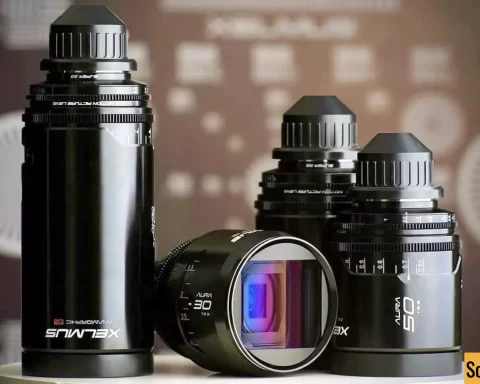
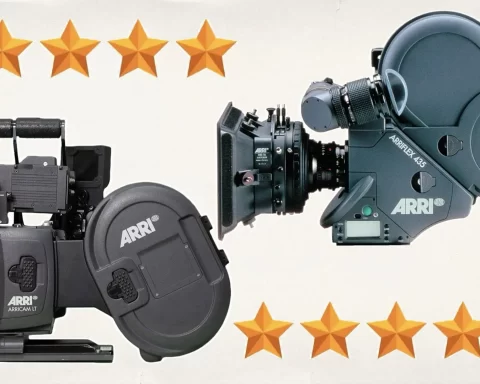
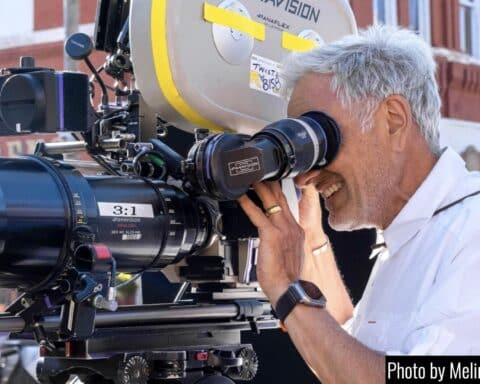
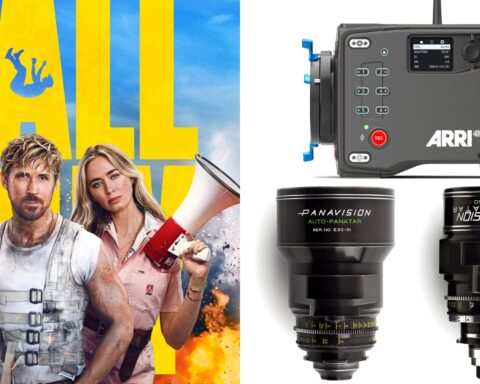

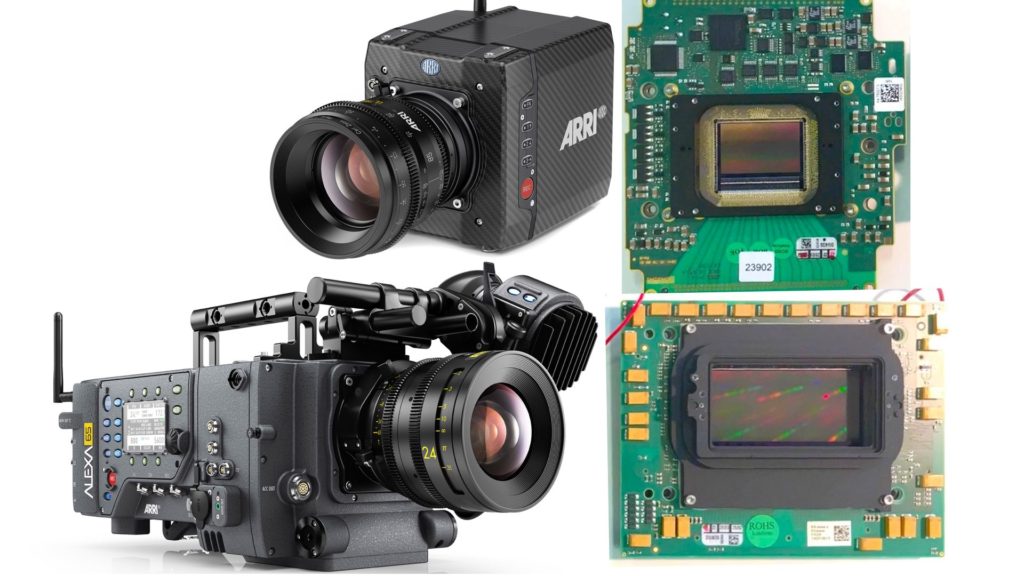
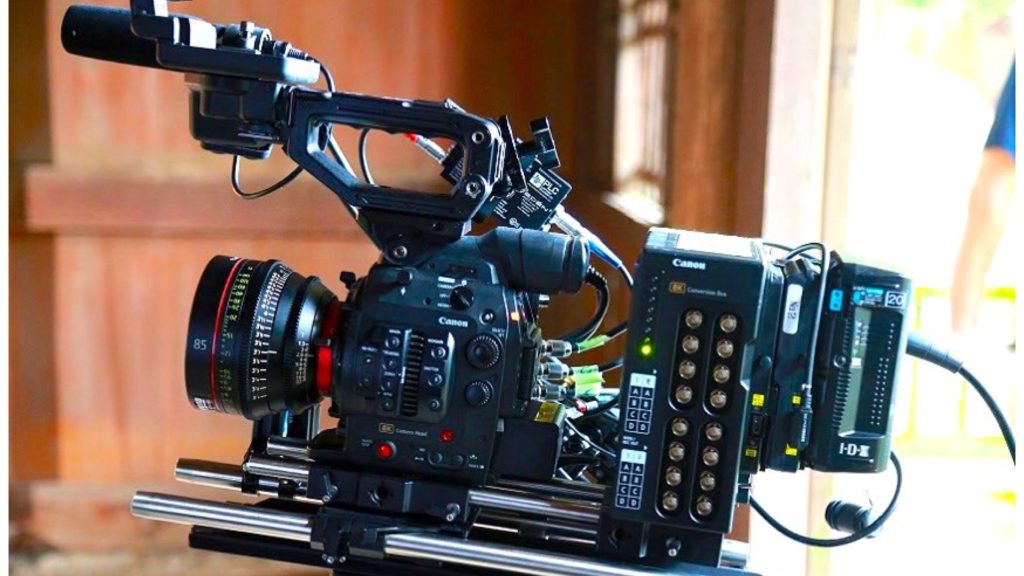





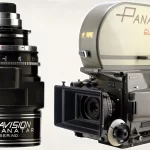
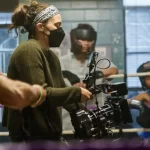
Thanks very much, Yossy, for all these wonderful articles. They are a training course.
My pleasure, Jose. Thank you for your warm words.